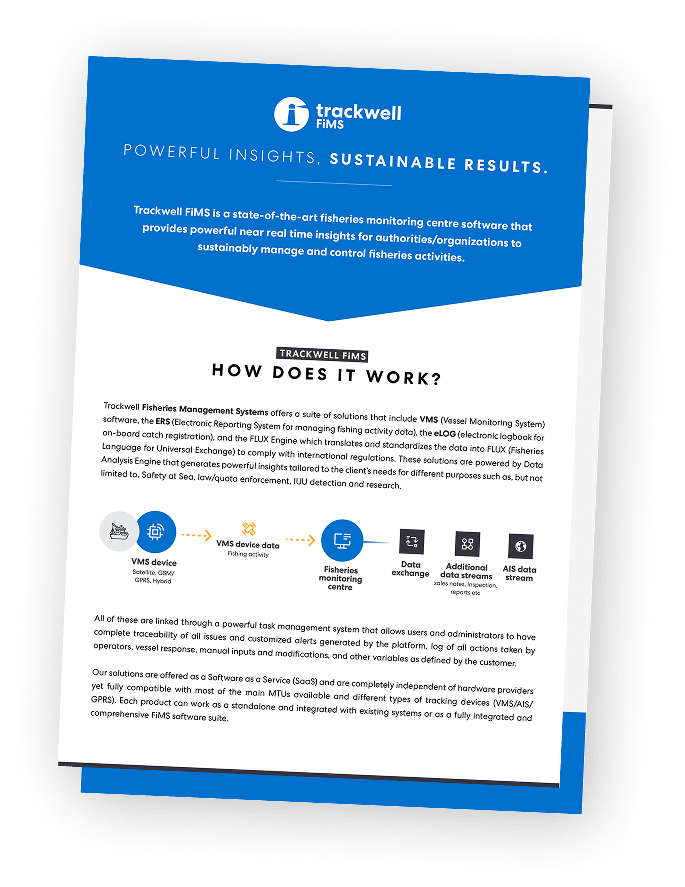Index of content
In the realm of fisheries management, distinguishing between AIS (Automatic Identification System) and VMS (Vessel Monitoring System) is essential for optimizing monitoring practices. While both offer vessel tracking capabilities, they differ significantly in functionality and suitability for fisheries management.
What is the key difference between AIS and VMS?
AIS, initially developed for collision avoidance, broadcasts vessel information to nearby vessels and shore stations. Despite its role in enhancing safety at sea, AIS presents certain limitations compared to VMS:
- Security Concerns: AIS lacks robust security features and is vulnerable to tampering or being turned off.
- One-Way Communication: AIS operates as a one-way broadcast system and cannot receive data or be remotely programmed.
- Conversely, VMS emerges as the preferred solution for fisheries management due to its advanced functionalities and security features:
- Enhanced Security: VMS devices are equipped with tamper-proof alarms and power outage alerts, ensuring prompt notification of any anomalies.
- Data Connectivity: VMS can connect with onboard devices to transmit fisheries-related data, such as catch information, to authorities.
- Remote Programming: VMS devices can be remotely programmed and updated over the air, allowing authorities to poll the device and adjust reporting frequency as needed.
4 advantages of VMS over AIS
- Security Features: VMS devices include tamper-proof alarms and power outage alerts.
- Data Transmission: VMS can transmit fisheries-related data, such as catch information, to authorities.
- Remote Programming: VMS devices can be remotely programmed and updated, providing flexibility in monitoring.
- Real-Time Updates: VMS offers real-time data updates, essential for effective fisheries monitoring.
While AIS serves as a supplementary source of vessel tracking data in fisheries management, its limitations render it less suitable as a standalone solution. VMS, with its comprehensive features and ability to provide real-time data updates, emerges as the recommended choice for effective fisheries monitoring and regulation.
Why choose VMS over AIS?
In summary, while both AIS and VMS contribute to vessel tracking, VMS stands out as the preferred solution for fisheries management due to its enhanced functionality, security features, and ability to integrate additional data sources. By leveraging the strengths of VMS, authorities can optimize their fisheries management practices and ensure the sustainability of marine resources for future generations.
To see how we can enhance your fisheries monitoring strategy, explore our VMS monitoring solutions. If you require personalized advice on selecting the right tracking system to meet your needs, contact our expert team today.

